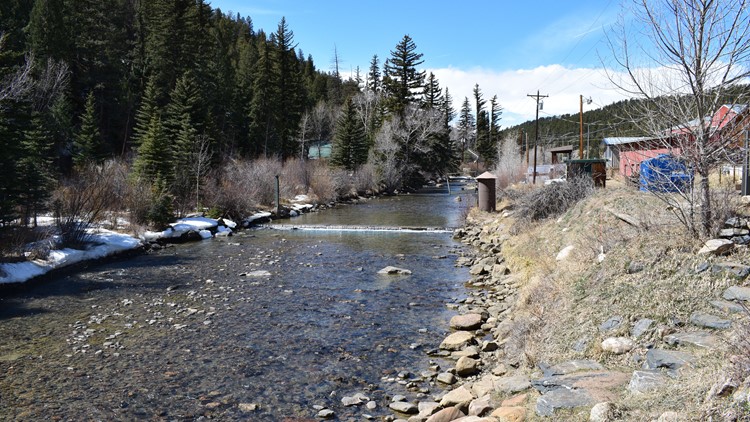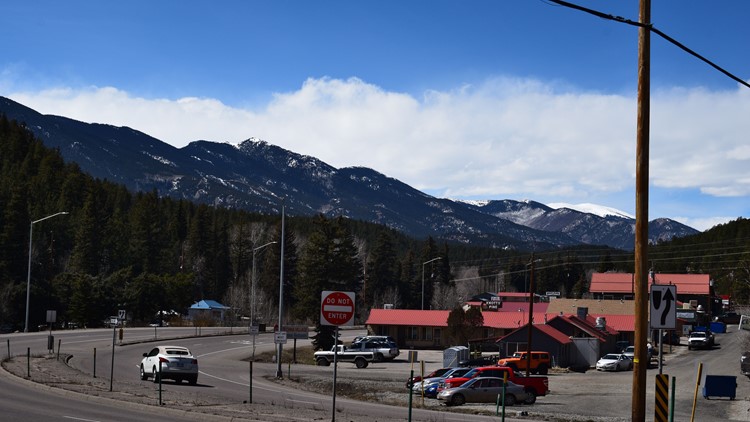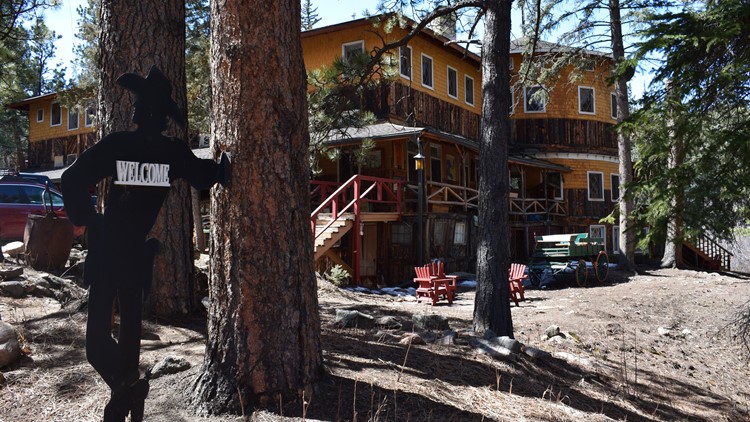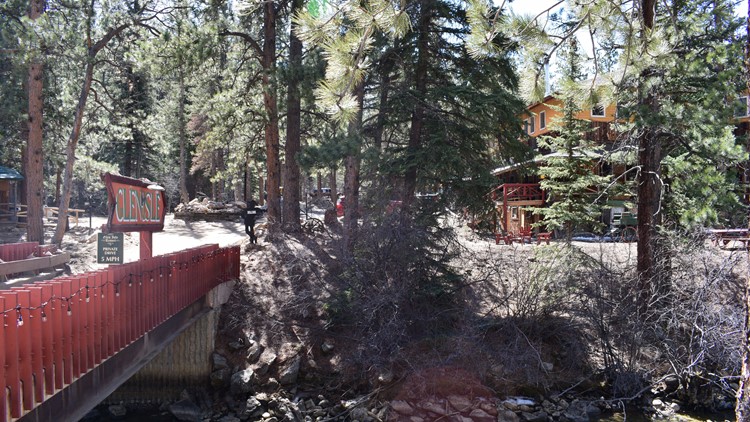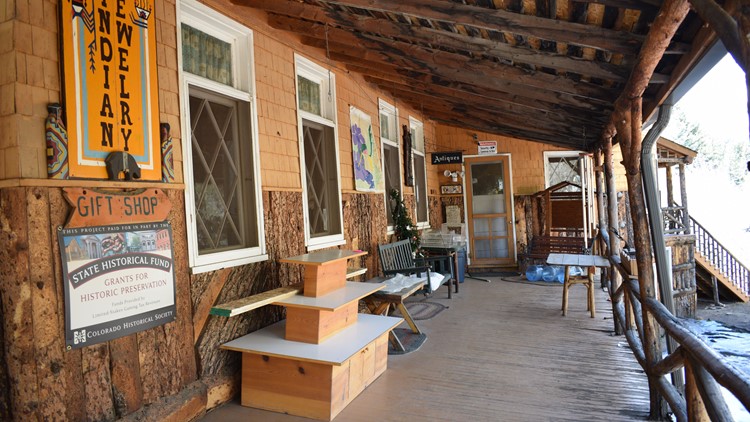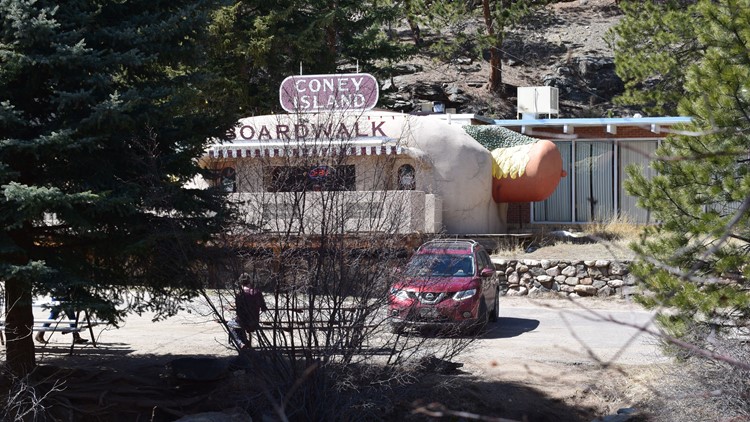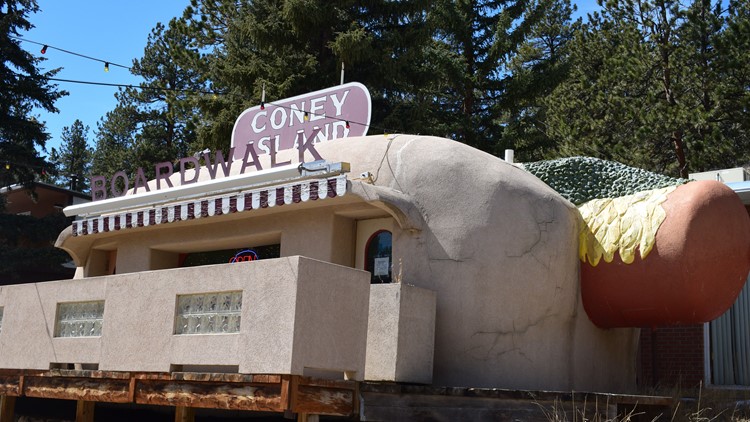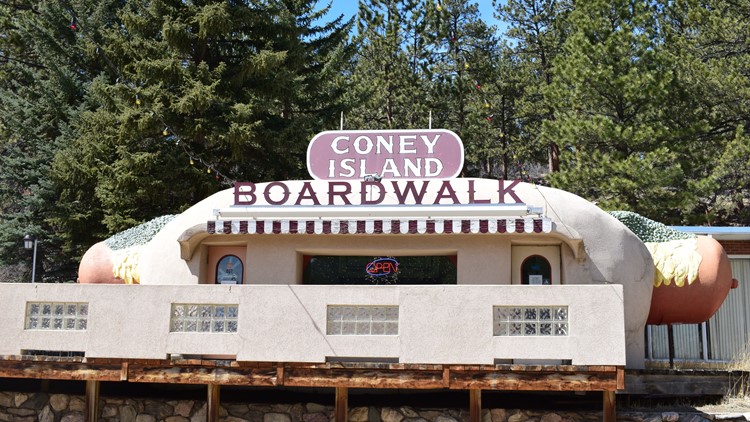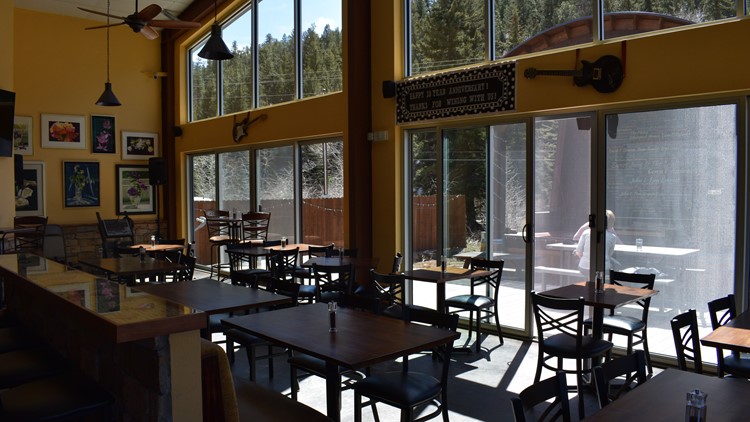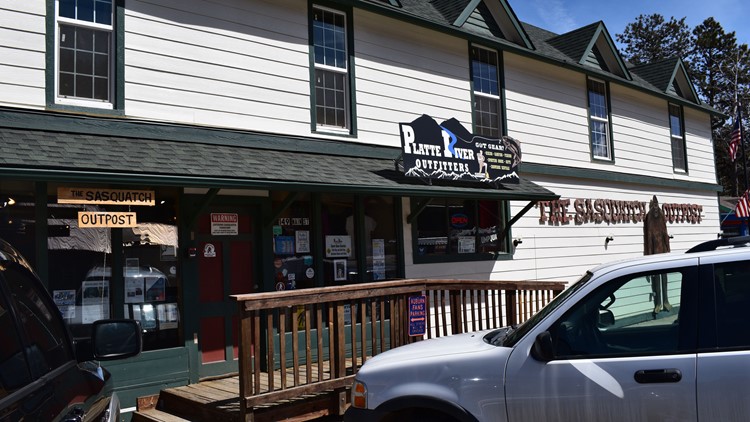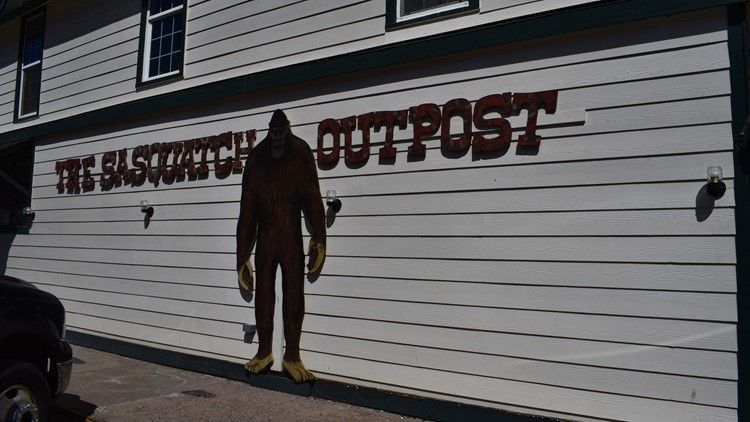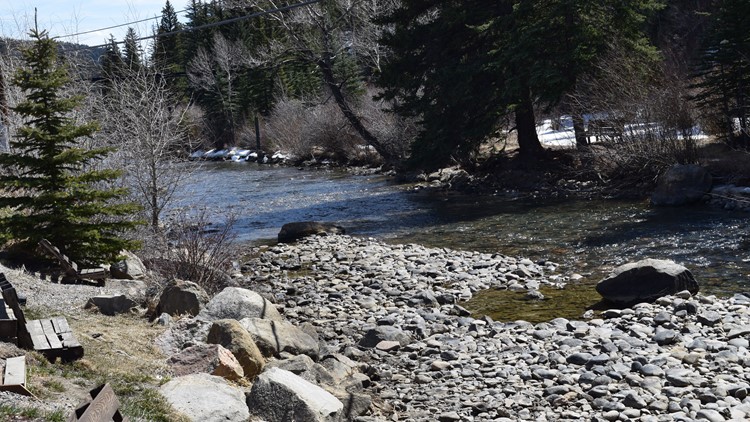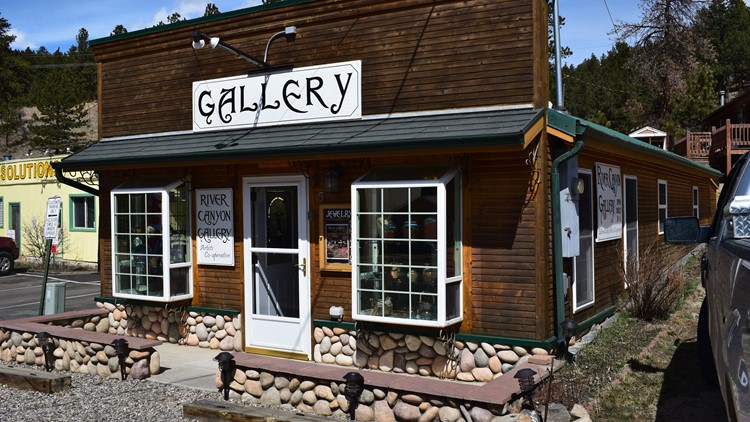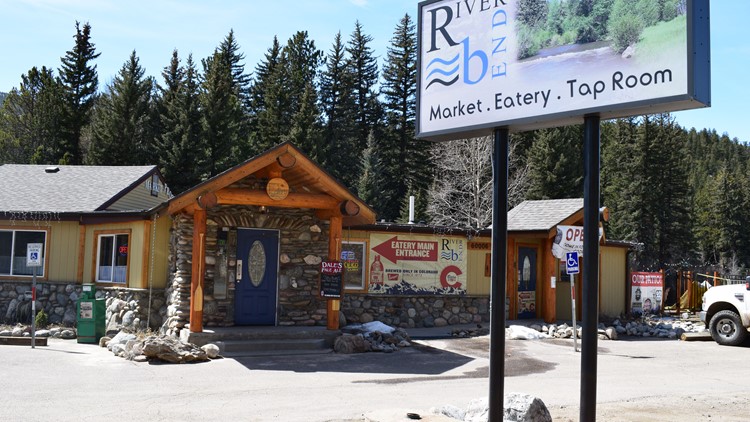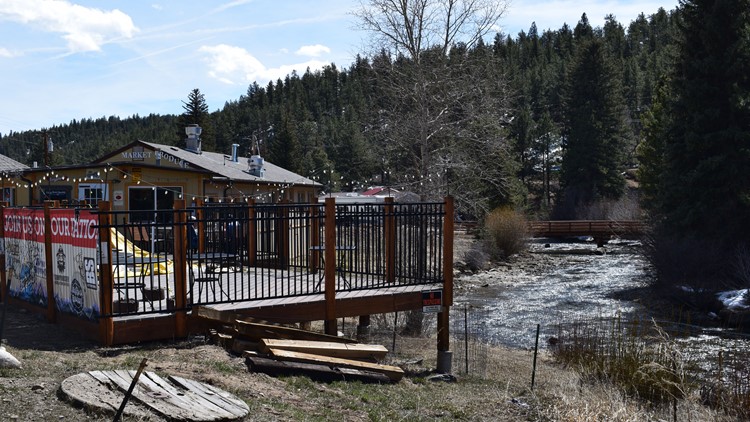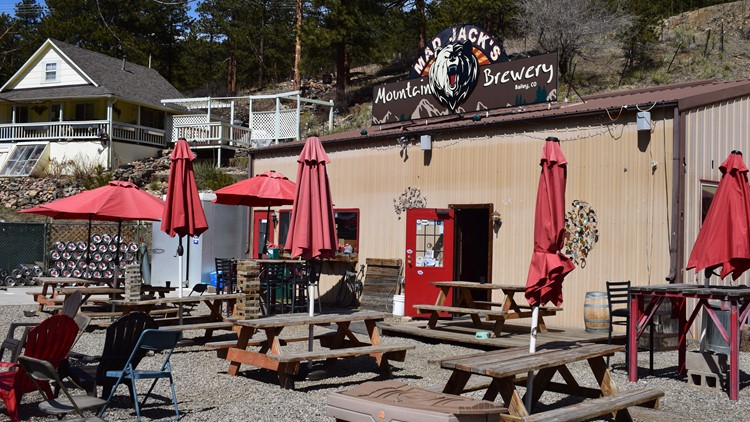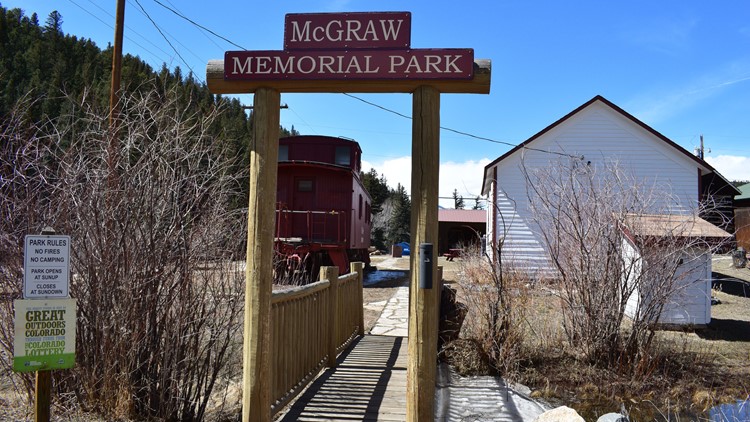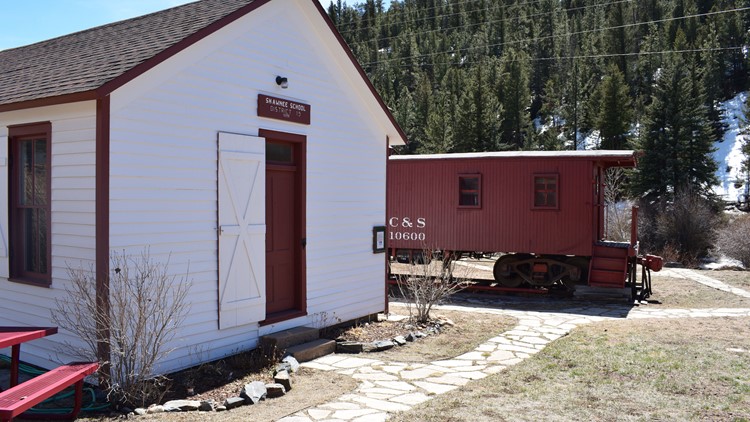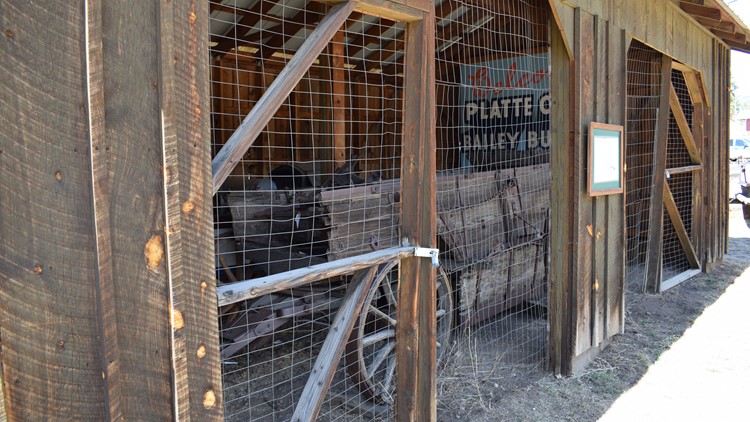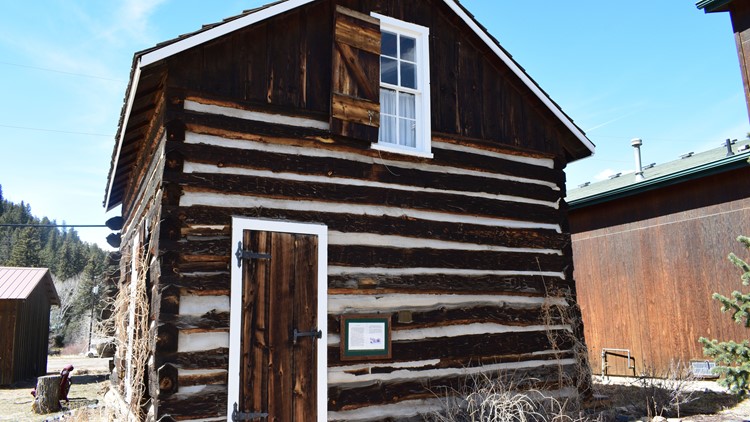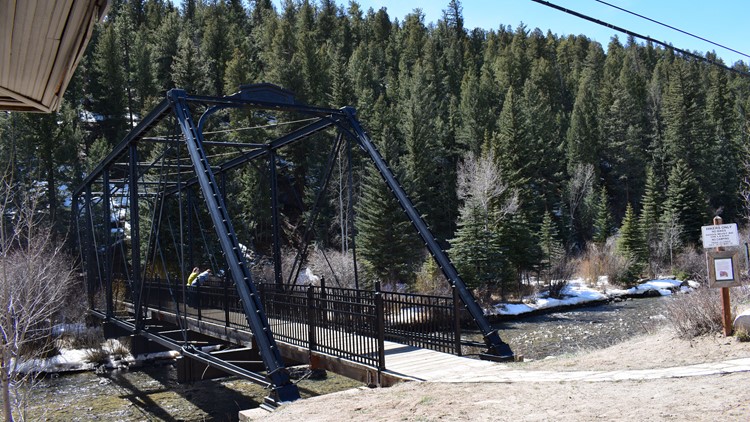BAILEY, Colo. — For some people, being able to walk home from their downtown office job is the epitome of convenience.
For others, taking a scenic and winding drive along Colorado’s foothill roads and leaving the stress of the city behind is ideal.
Bailey, an unincorporated town about 45 miles southwest of Denver, is one of those communities that attracts that second group of people.
It’s a community on the banks of the North Fork of the South Platte River with restaurants, historic lodges and trails overlooking the flowing water. People who live in the town say they often wake up to the sounds of birds and wildlife visiting their yards.
Fly fishing the river has long been a popular pastime, and today backpackers and bikers often trek through the town as they make their way through the nearby Lost Creek Wilderness and Pike National Forest.
Take a photo tour of Bailey, Colorado
This story is part of our weekly 9Neighborhoods series, where we feature different Colorado neighborhoods and towns and highlight what makes them unique. Join us on Instagram Friday afternoon for a photo tour of Bailey.
The Bailey ranch
In 1864, William L. Bailey came to the scenic Platte Canyon region of Colorado and built a ranch on the banks of the South Platte River.
Bailey, the town’s namesake, lived on the land for several years, establishing a stage stop for travelers and miners using the wagon trail between Georgetown and Grant.
When Bailey moved to California in 1878, he sold his land to Edward and Blanch McGraw.
That same year the Colorado and Southern Railroad began running through Bailey on its way from Denver, over Kenosha Pass and into South Park.

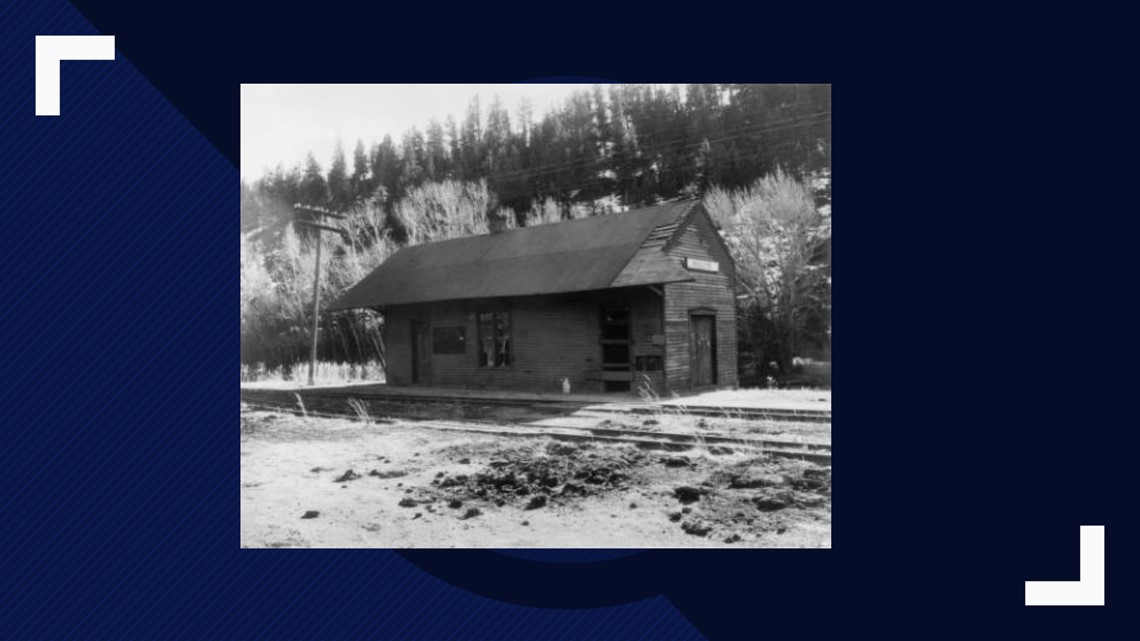
The corridor was a popular place for lumber workers and fishermen who were riding the train to stop for the night at one of the region’s many lodges and guesthouses.
The Glen Isle Lodge was built in 1901 and is still in operation today. The distinct resort had a main lodge, cabins scattered around the 160-acre property, electric lights and running water. There was also a train waiting station that was accessible by a bridge over the river.
The resort was placed on the National Register of Historic Places in 1985.

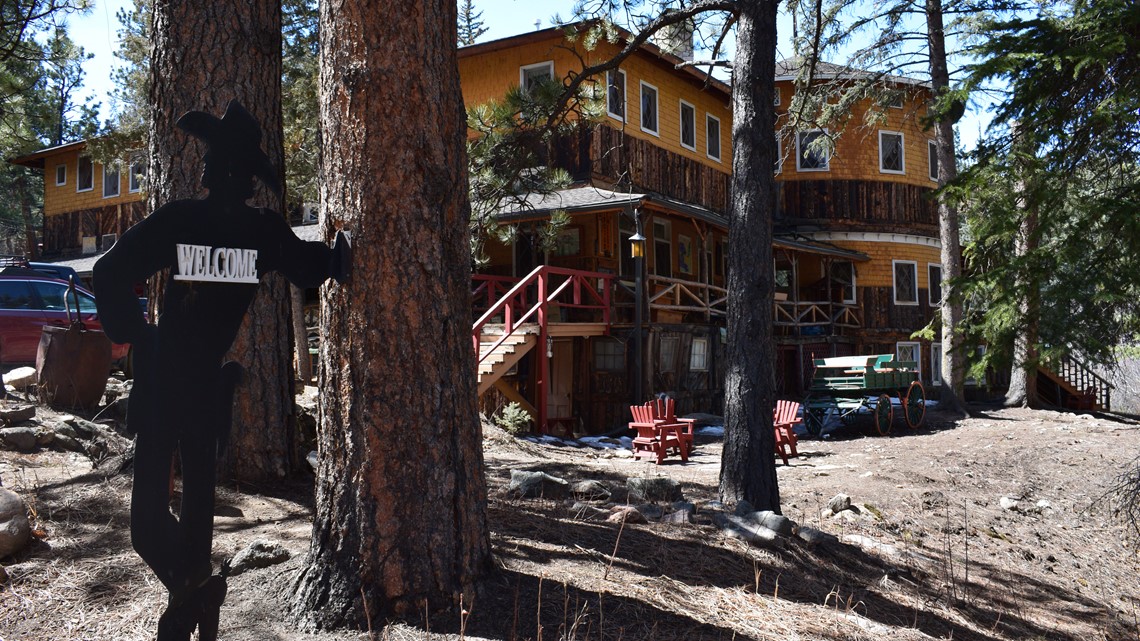
To take advantage of that business, the McGraws established the Bailey Country Store. Through the years, it housed a small grocery store, post office, theater and hotel.


The nearby town of Shawnee was home to the massive Maddox Ice Company, which began producing ice for Denver in 1903.
Each winter, the company’s two completely frozen ponds were cleared of snow and then cut into blocks. The ice was transported by train to Denver to be used in iceboxes, the precursor to modern refrigerators and freezers.
Typically, the Maddox Ice Company would fill 30 trains with ice in one winter.
The McGraw’s granddaughter, Helen McGraw Tatum, was born in the town and lived there for much of her life. In 1969, she donated some of her family’s land to the Park County Historical Society to preserve the area’s heritage. It has since been turned into a historic park featuring many of the area’s oldest structures.

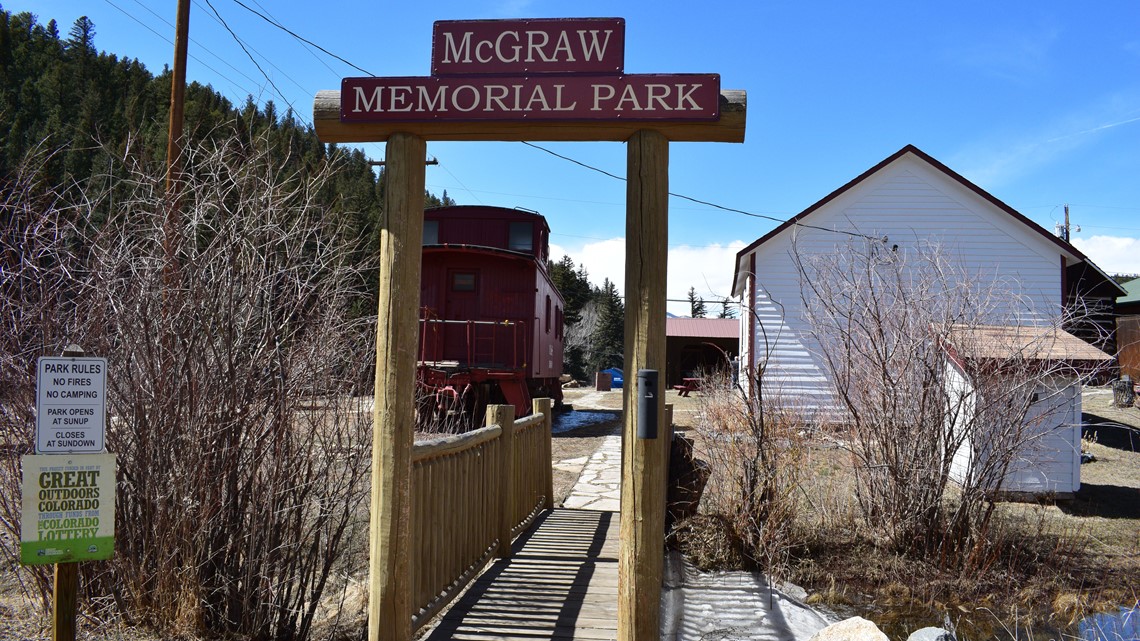
Tatum died in 1995.
What’s with the giant hot dog?
Today, the most distinctive and noticeable thing in Bailey is the restaurant that is shaped like a giant hot dog.
The Coney Island Hot Dog Stand was originally supposed to be one of a chain of diners in 1966.
A man in Lakewood began by designing a prototype: a 24-foot long, 18-ton replica of a frank.

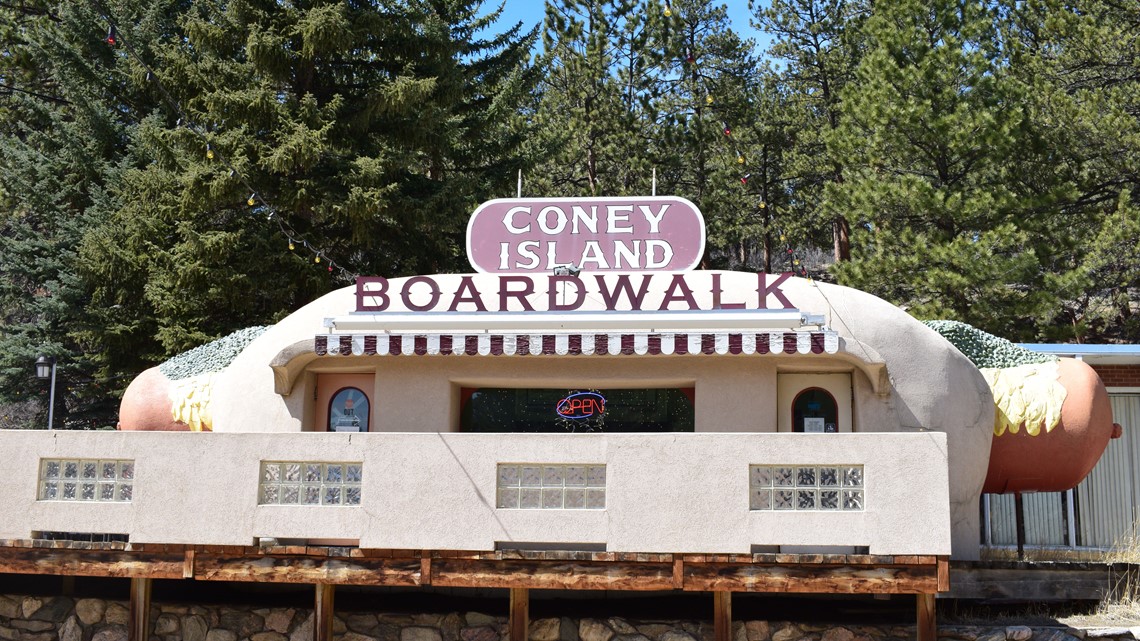
The business idea failed, but since the giant wiener already existed, an entrepreneur bought it and moved the diner to Aspen Park in 1970.
It was there until 2006, when the restaurant-sized hot dog again moved, this time to its current location in Bailey.
Today, it’s called the Coney Island Boardwalk, and new owners have focused on offering as much local fare as possible.
The popular tourist destination serves sausages and elk bratwurst with locally-made ketchup and Rocky Mountain Soda. Of course, the classic coney dog is still on the menu.
The stand is also considering hosting a Sunday farmers market this summer.
Living in Bailey
Homes in Bailey are relatively affordable for people with median incomes compared to many of the surrounding mountain towns.
According to real estate website Zillow, the median home value in the town is $315,900. By comparison, the median home value in Confer is $465,200, in Evergreen is $540,500, in Idaho Springs is $268,400 and in Denver is $383,200, according to the site.
Bailey is just under an hour from Denver along U.S. 285.

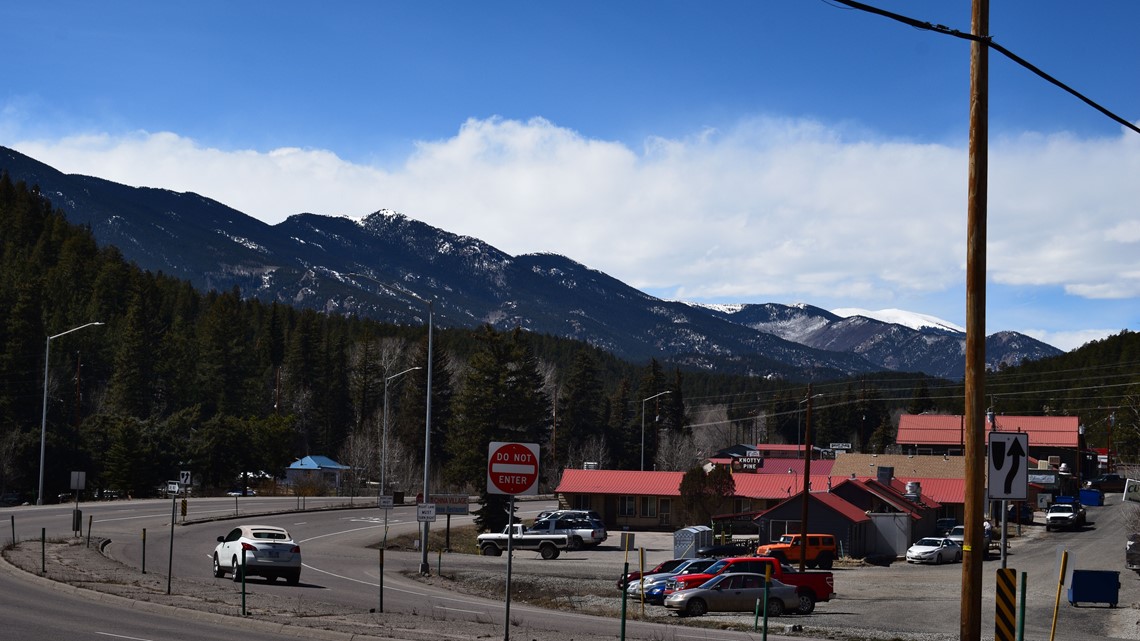
While that commute is far, many people who drive it regularly say there isn't much traffic during rush hour on the highway and they prefer the longer, scenic drive to sitting in bumper-to-bumper traffic for almost as long on I-25 downtown. However, the road does get crowded on summer weekends with commuters making their way into the mountains to camp, hike and fish.
The town is within the Platte Canyon School District and has five preschools, Deer Creek Elementary School, Fitzsimmons Middle School and Platte Canyon High School in the town boundaries.


